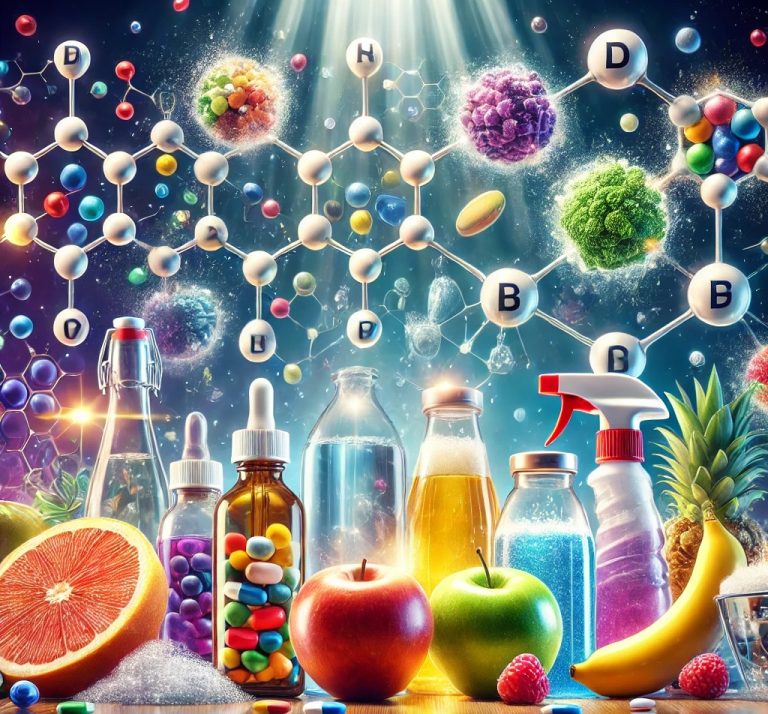Post-fertilization events refer to the processes that occur after the fusion of male and female gametes, leading to the formation of a new organism. These processes vary slightly between animals and plants but follow a general sequence of stages.
1. Zygote Formation
- The first event after fertilization is the formation of the zygote, a single diploid cell resulting from the fusion of the male (sperm/pollen) and female (egg/ovule) gametes. The zygote contains a complete set of chromosomes from both parents.
- The zygote is the foundation of a new organism’s development.
2. Cell Division (Cleavage)
- In animals, the zygote undergoes rapid mitotic divisions, called cleavage, to form a multicellular structure. These divisions occur without the growth of cells, leading to an increase in cell number.
- In plants, the zygote divides and develops into the embryo inside the seed.
3. Embryogenesis
- This is the process of embryo development, which occurs after cleavage.
- In animals: Embryogenesis involves stages like the formation of the blastula (a hollow ball of cells) and gastrulation, where cells start differentiating into specific tissue layers. These layers give rise to different organs and body parts.
- In plants: The zygote develops into a plant embryo, which consists of the cotyledons (seed leaves), radicle (future root), and plumule (future shoot).
4. Formation of Supporting Structures
- In animals: The formation of membranes like the amnion, chorion, and yolk sac occurs. In mammals, the placenta forms to provide nutrients and oxygen to the developing embryo.
- In plants: The ovule matures into a seed. The surrounding ovary develops into a fruit, which protects the seed and aids in its dispersal.
5. Development of the Embryo into a Mature Organism
- In animals: The embryo continues to grow and develop into a fetus, and after gestation, it is born or hatched, depending on the species.
- In plants: After fertilization, the seed undergoes maturation, and when favorable conditions are present, the seed germinates. The embryo grows into a seedling, which eventually becomes a mature plant.
See in Fig.







